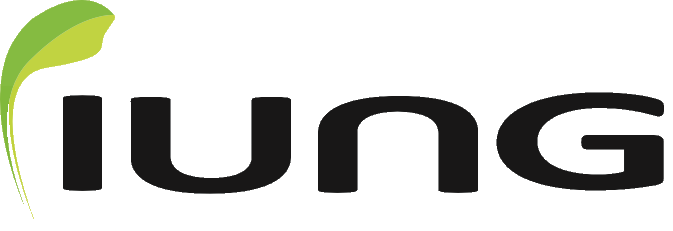Agriculture is one of the economical branches that has a significant impact on the natural environment. Nitrogen and phosphorus, defined as biogenic elements, play a unique role in both plant and animal production; thus, intensification of production in rural areas may pose a threat of dispersion of these components into the environment and deterioration of water resources.
One of the most effective ways of protecting waters, including the marine environment, is to reduce pollutant emissions. This can be achieved through institutional solutions and economic and legal instruments.
As of Poland’s accession to the European Union, the formal and legal implementation of the Council Directive 91/676 EEC on the protection of waters against pollution caused by nitrates from agricultural sources, called the Nitrates Directive, was completed. The introduction of the Directive was prompted, among other things, by an increase in the use of mineral nitrogen fertilisers and natural fertilisers. Excessive fertiliser application was recognized as leading to an increase in nitrate concentrations in water intended for human consumption, highlighting the need to protect human health and aquatic ecosystems through proper fertiliser storage and rational use.
The Nitrates Directive was transposed into Polish law through the following legal acts:
– Act of 20 July 2017. – Water Law (Journal of Laws 2017, item 1566, as amended)
– Regulation of the Council of Ministers of 12 February 2020 on the adoption of a programme of measures to reduce water pollution by nitrates from agricultural sources and to prevent further pollution (Dz. U. 2020, item 243)
– Act of 10 July 2007. – on fertilizers and fertilization (Dz. U. 2007, No. 147, item 1033 as amended)
– Regulation of the Minister of Agriculture and Rural Development of 18 June 2008 on implementation of specific provisions of the Act on fertilizers and fertilization (Dz.U. 2008, No. 119, item 765)
– Act of 14 December 2012. – on waste (Journal of Laws 2013, item 21 as amended)
– Regulation of the Minister of Environment of 6 December 2015 on municipal sewage sludge (Journal of Laws 2015, item 257)
– Regulation of the Minister of Agriculture and Rural Development of 16 April 2008 on the detailed method of applying fertilisers and training in their use (Journal of Laws 2019, item 1826)
Some of the above-mentioned legal acts are outdated; references to current regulations can be found in the “legal regulations” tab.
Poland is a party to the Helsinki Convention on the Protection of the Baltic Sea Environment of 9 April 1992, to which all Baltic Sea countries have acceded. The executive body of the Convention is the Helsinki Commission (HELCOM), which is formed by relevant working groups. Their task is to develop appropriate measures to reduce pollutants’ emissions and improve the quality of the Baltic Sea ecosystem.
The most crucial legal Act related to the implementation of the Helsinki Convention’s provisions is the Water Law Act of 18 July 2001 with later amendments, which regulates water management problems following the principle of sustainable development in terms of shaping and protecting its resources.
GOOD PRACTICES FOR REDUCING AMMONIA EMISSIONS FROM FERTILISERS – pdf (polish version)
Priority mitigation measures to reduce nitrogen and phosphorus losses from agriculture in terms of water quality protection – pdf (polish version)
Farm self-assessment of fertiliser nutrient management and evaluation of environmental conditions – pdf (polish version)
